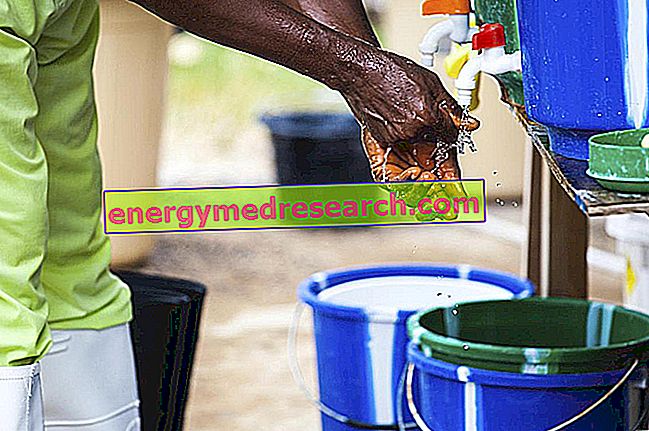Definition
Ductal ectasia is a non-tumoral pathology of the breast, characterized by the dilation of one or more galactophore (or lactic acid) ducts in the sub-areolar region.
The disorder typically affects women between the ages of 30 and 80, but is observed mainly during the premenopause.
The causes of ductal ectasia are not known, however it is hypothesized that estrogens may play a role in inducing a process on an autoimmune basis.

Most common symptoms and signs *
- Anorexia
- Asthenia
- Chills
- Coarctation of the aorta
- Breast pain
- Muscle pains
- Temperature
- Pus formation
- Swollen lymph nodes
- Breast lumps
- Orange peel udder skin
- Presence of a breast nodule
- itch
- Return of the nipple
- Serous or blood secretions from the nipple
Further indications
The dilation of the galactophoric ducts determines the appearance of a painful back-areolar mass of variable dimensions, generally between 2 and 3 cm.
Symptoms of ductal ectasia include areola eczema and burning or itching at the nipple level. The condition is also accompanied by creamy, serous or blood secretions.
The thickening and fibrosis of the duct walls may precede the retraction of the nipple and skin.
Ductal ectasia can become complicated in a mastitis, which can lead to mastalgia, recurrent micro-abscess formation and fistulas, fixed swelling, orange peel appearance, deformation of the breast profile and, sometimes, increased volume of axillary lymph nodes.
The diagnosis of ductal ectasia is clinical and must include the exclusion of a carcinoma by cytological examination of the nipple secretion and other in-depth investigations, including mammography, magnetic resonance imaging and biopsy.
In most cases, ductal ectasia does not provide specific treatments, as the condition is self-limiting. However, when complications are present (eczema, abscesses and mastalgia), the doctor may recommend appropriate targeted treatments (eg antibiotic therapy for forms that have inflammatory aspects supported by bacteria). Rarely, surgery is indicated.



